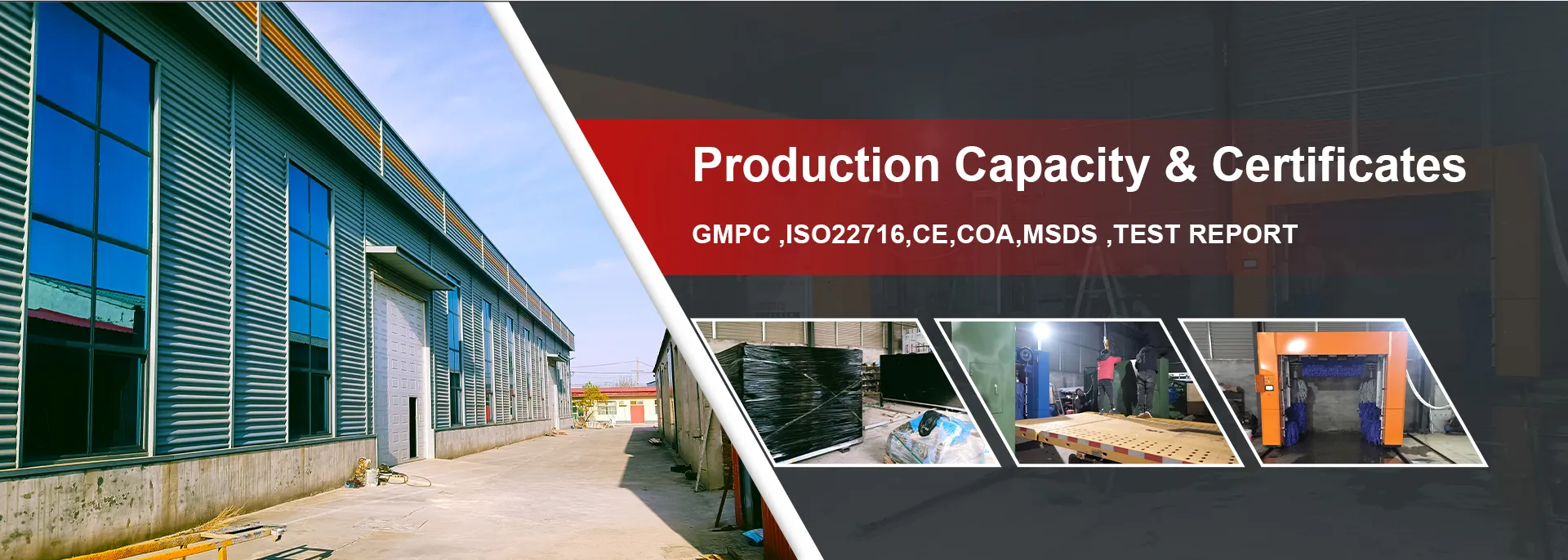
- Afrikaans
- Albanian
- Amharic
- Arabic
- Armenian
- Azerbaijani
- Basque
- Belarusian
- Bengali
- Bosnian
- Bulgarian
- Catalan
- Cebuano
- Corsican
- Croatian
- Czech
- Danish
- Dutch
- English
- Esperanto
- Estonian
- Finnish
- French
- Frisian
- Galician
- Georgian
- German
- Greek
- Gujarati
- Haitian Creole
- hausa
- hawaiian
- Hebrew
- Hindi
- Miao
- Hungarian
- Icelandic
- igbo
- Indonesian
- irish
- Italian
- Japanese
- Javanese
- Kannada
- kazakh
- Khmer
- Rwandese
- Korean
- Kurdish
- Kyrgyz
- Lao
- Latin
- Latvian
- Lithuanian
- Luxembourgish
- Macedonian
- Malgashi
- Malay
- Malayalam
- Maltese
- Maori
- Marathi
- Mongolian
- Myanmar
- Nepali
- Norwegian
- Norwegian
- Occitan
- Pashto
- Persian
- Polish
- Portuguese
- Punjabi
- Romanian
- Russian
- Samoan
- Scottish Gaelic
- Serbian
- Sesotho
- Shona
- Sindhi
- Sinhala
- Slovak
- Slovenian
- Somali
- Spanish
- Sundanese
- Swahili
- Swedish
- Tagalog
- Tajik
- Tamil
- Tatar
- Telugu
- Thai
- Turkish
- Turkmen
- Ukrainian
- Urdu
- Uighur
- Uzbek
- Vietnamese
- Welsh
- Bantu
- Yiddish
- Yoruba
Innovative Car Washing Technology Without Physical Contact for Ultimate Convenience and Efficiency
The Rise of Touchless Car Wash Systems A Cleaner Approach to Vehicle Care
In today's fast-paced world, maintaining the cleanliness of our vehicles has become more essential than ever. Traditional car wash methods, which often involve brushes or cloths that physically touch the surface of the car, can lead to scratches and damage over time. Enter the touchless car wash system—a revolutionary approach that promises thorough cleaning without the risk of marring your vehicle's finish.
What is a Touchless Car Wash System?
A touchless car wash system utilizes high-pressure water jets and specialized cleaning solutions to remove dirt and grime from a vehicle’s surface without any physical contact. The technology relies on powerful jets that can dislodge dirt particles efficiently, along with a series of chemicals designed to break down tough stains and eliminate contaminants such as bird droppings, tree sap, and road salt. This method is particularly appealing to car owners who wish to maintain their vehicle's pristine appearance without the worries associated with traditional washing techniques.
How Does It Work?
The process of a touchless car wash typically involves several key steps. First, the vehicle is driven into the wash bay, where an automated system identifies its size and dimensions. High-pressure nozzles then spray the car with water and biodegradable detergents. These cleaning agents help emulsify dirt, grease, and other unwanted materials, making them easier to remove.
Next, rinsing is performed using a powerful stream of water that washes away the loosened debris. Finally, a spot-free rinse is applied, often using purified water, to ensure no mineral deposits remain on the surface. Some touchless systems also offer additional services, such as waxing and drying, to complete the cleaning process.
Advantages of Touchless Car Wash Systems
1. Scratch-Free Cleaning One of the primary advantages is the reduced risk of scratches and swirl marks. Because there are no brushes or cloths that physically touch the car's surface, owners can enjoy a worry-free wash experience.
touchless car wash system

2. Time Efficiency Touchless car washes often take less time than traditional methods. The automated processes can thoroughly clean a vehicle in just minutes, making it a convenient option for busy individuals.
3. Water Conservation Modern touchless systems are designed to use water efficiently. Many incorporate recycling mechanisms that minimize water consumption, making them an eco-friendly choice.
4. Consistency With the automation of the washing process, touchless systems provide a consistent level of cleaning quality. Each vehicle receives the same thorough wash, which can be particularly beneficial for fleet services and businesses operating multiple vehicles.
5. Chemical Efficiency The detergents used in touchless car washes are specifically formulated to work effectively without physical scrubbing. This means they can clean effectively while being gentle on the vehicle’s surface.
Potential Drawbacks
While touchless car washes come with numerous benefits, they are not without their limitations. Some users note that heavily soiled vehicles may require a pre-wash or additional treatment to achieve optimal results. Furthermore, certain types of dirt, such as mud and sand, may not be as easily removed by high-pressure jets compared to brushes.
Conclusion
Touchless car wash systems represent a modern, innovative approach to vehicle maintenance. With their ability to clean effectively while minimizing the risk of damage, they have quickly become a preferred choice among car owners who value both convenience and care for their vehicles. As technology continues to advance, we can expect even more improvements in the efficiency and effectiveness of these systems, making the touchless car wash an integral part of the automotive care landscape. Embracing this approach not only helps keep our cars looking their best but also promotes a more environmentally sustainable method of vehicle maintenance.
-
Integrating Aqua Tunnel Car Wash in Shopping CentersNewsJun.24,2025
-
Gas Station with an Auto Car Wash MachineNewsJun.24,2025
-
Efficiency in Your Aqua Tunnel Car Wash: Power & Water-SavingNewsJun.24,2025
-
Car Wash Business with Advanced Auto Car Cleaning MachinesNewsJun.24,2025
-
Balancing Setup Costs with Aqua Tunnel Car WashNewsJun.24,2025
-
Aqua Tunnel Car Wash: Eco-Design for the Energy-Savvy EntrepreneurNewsJun.24,2025



